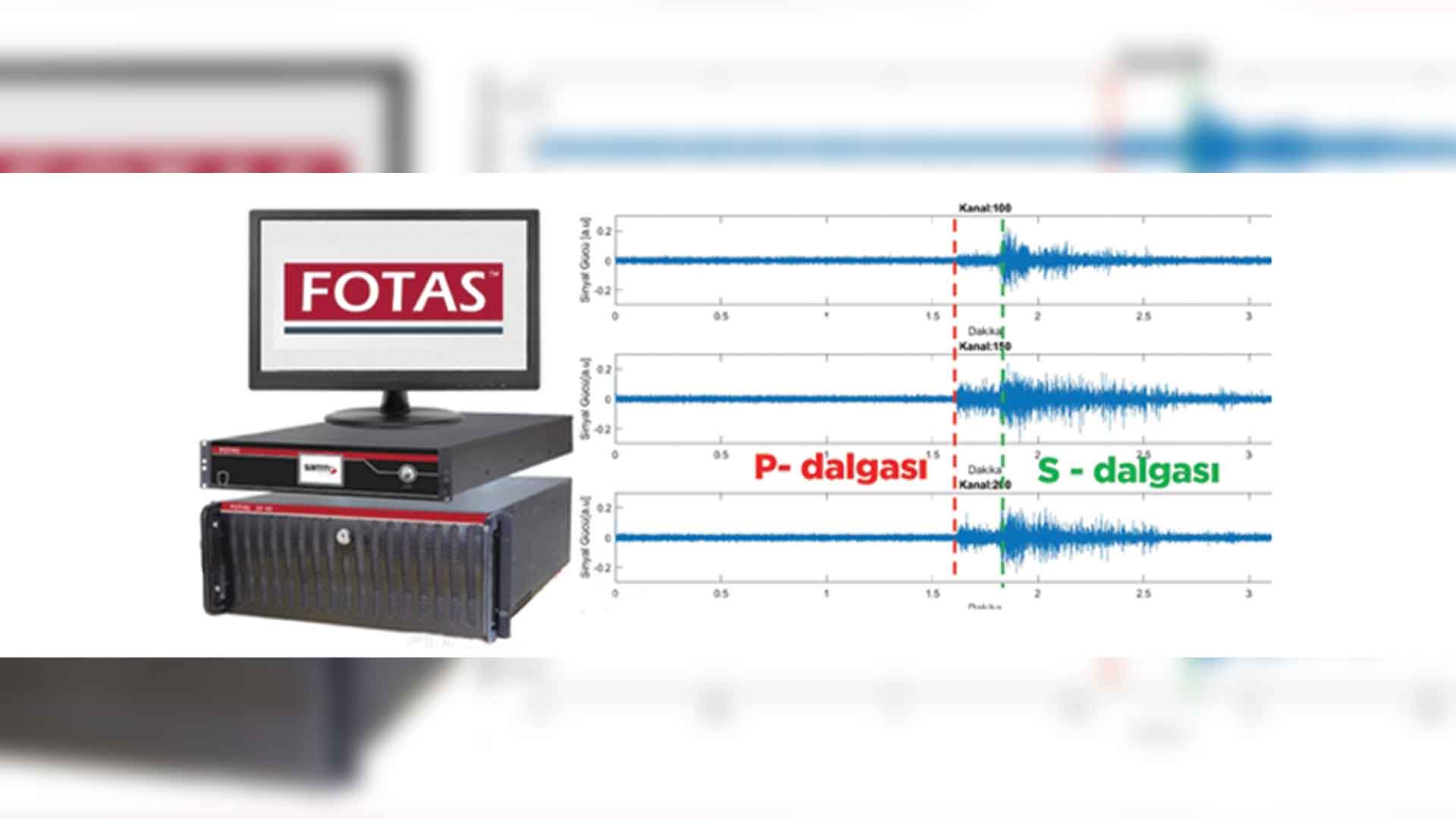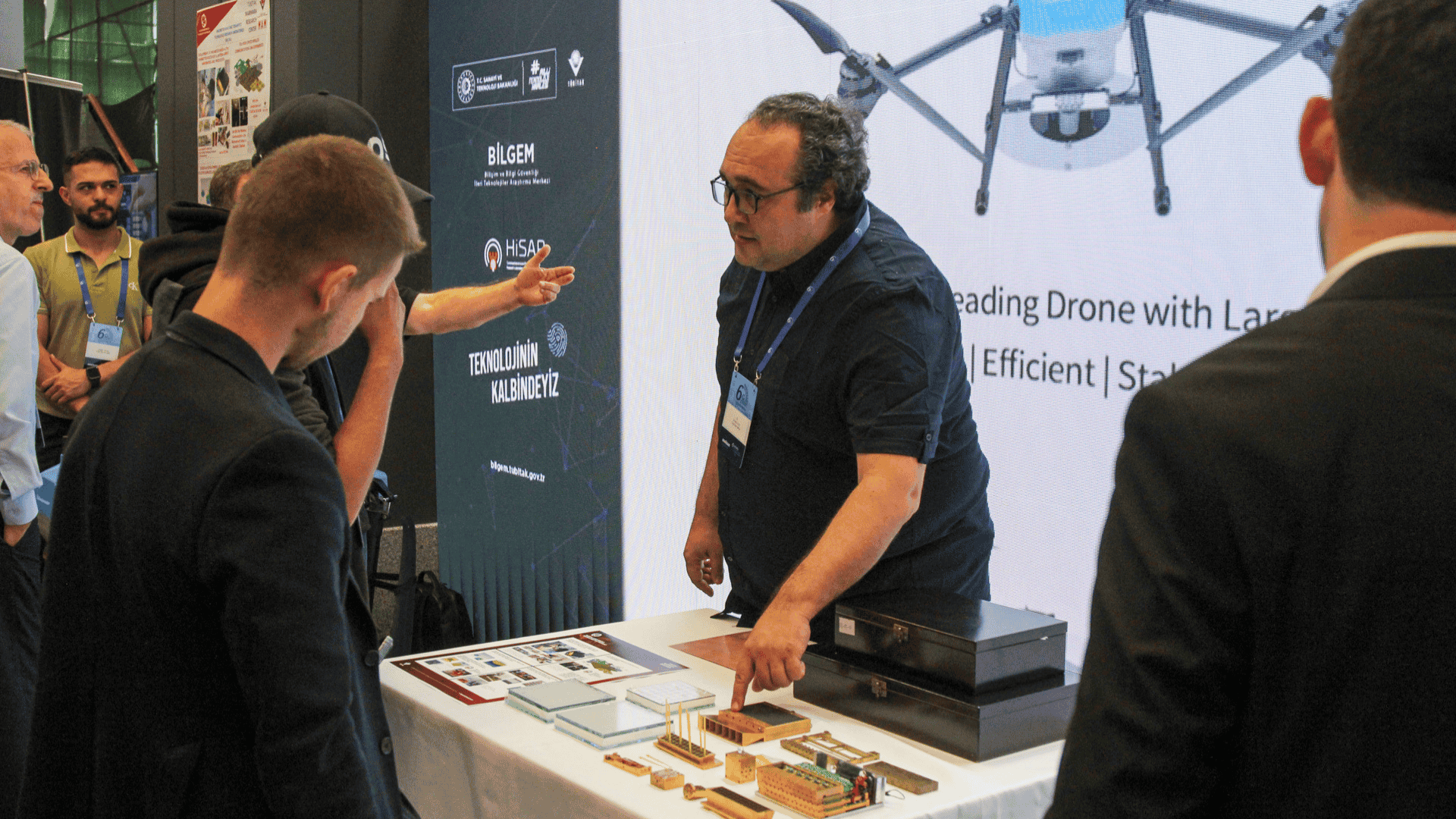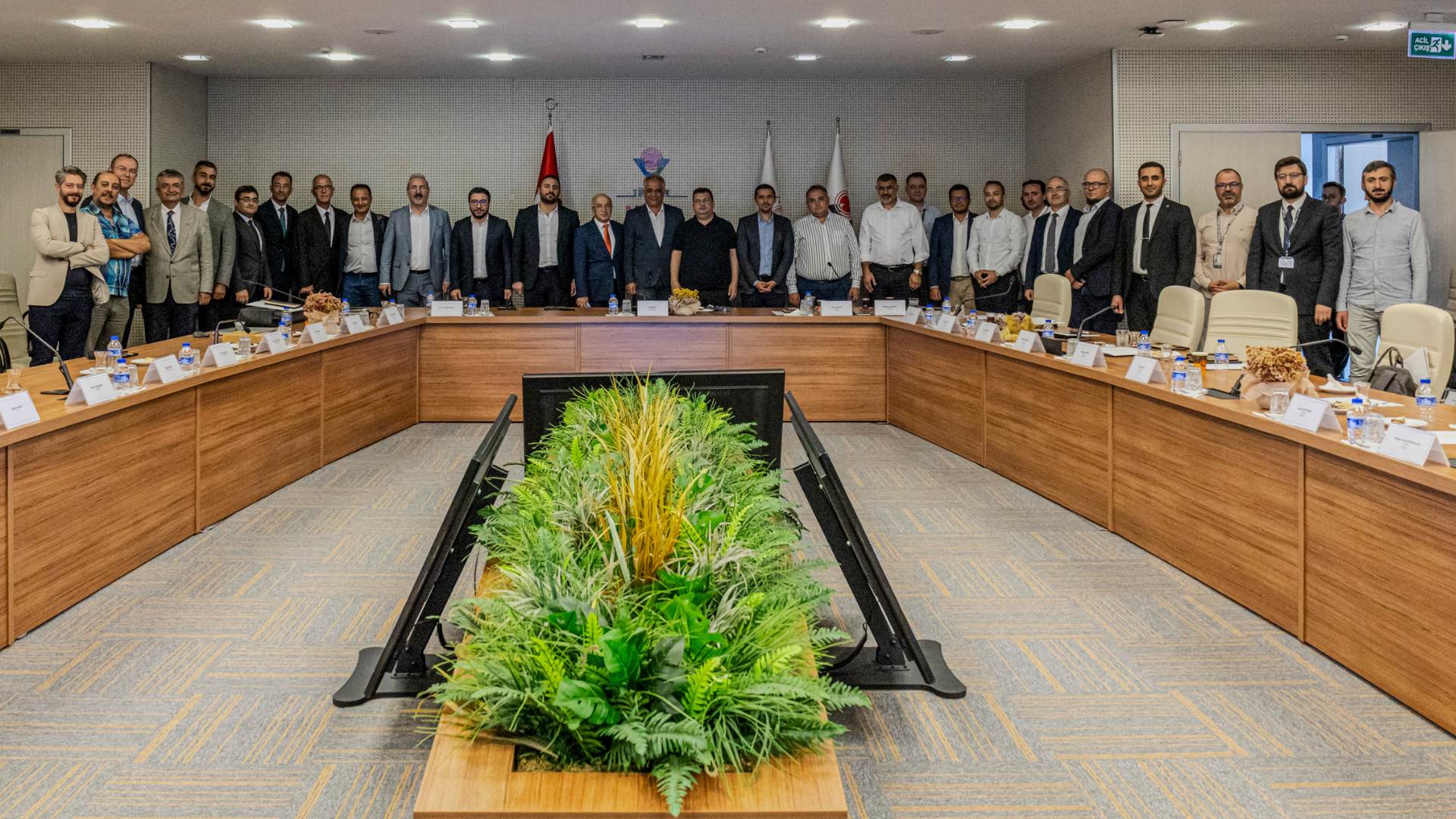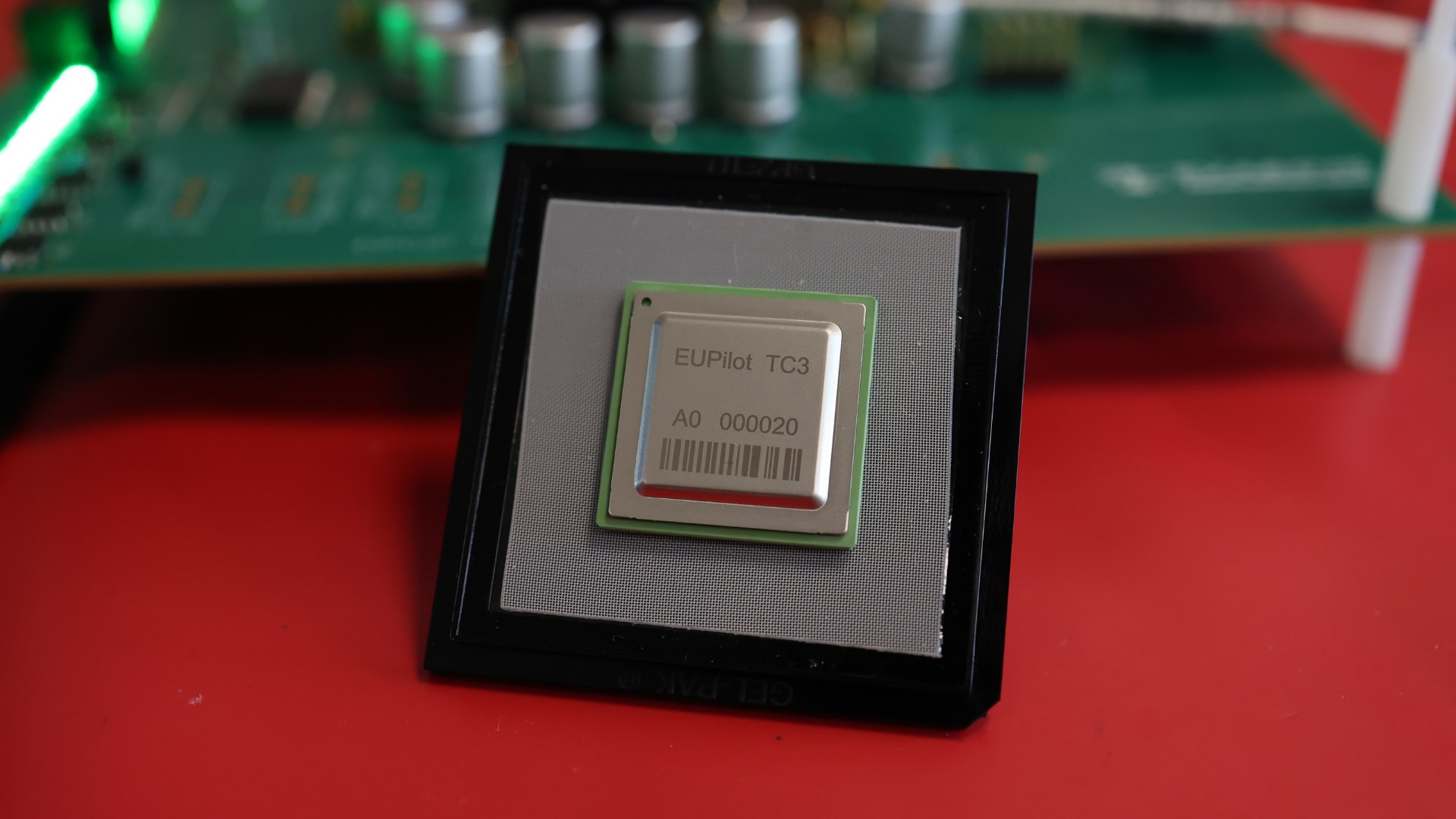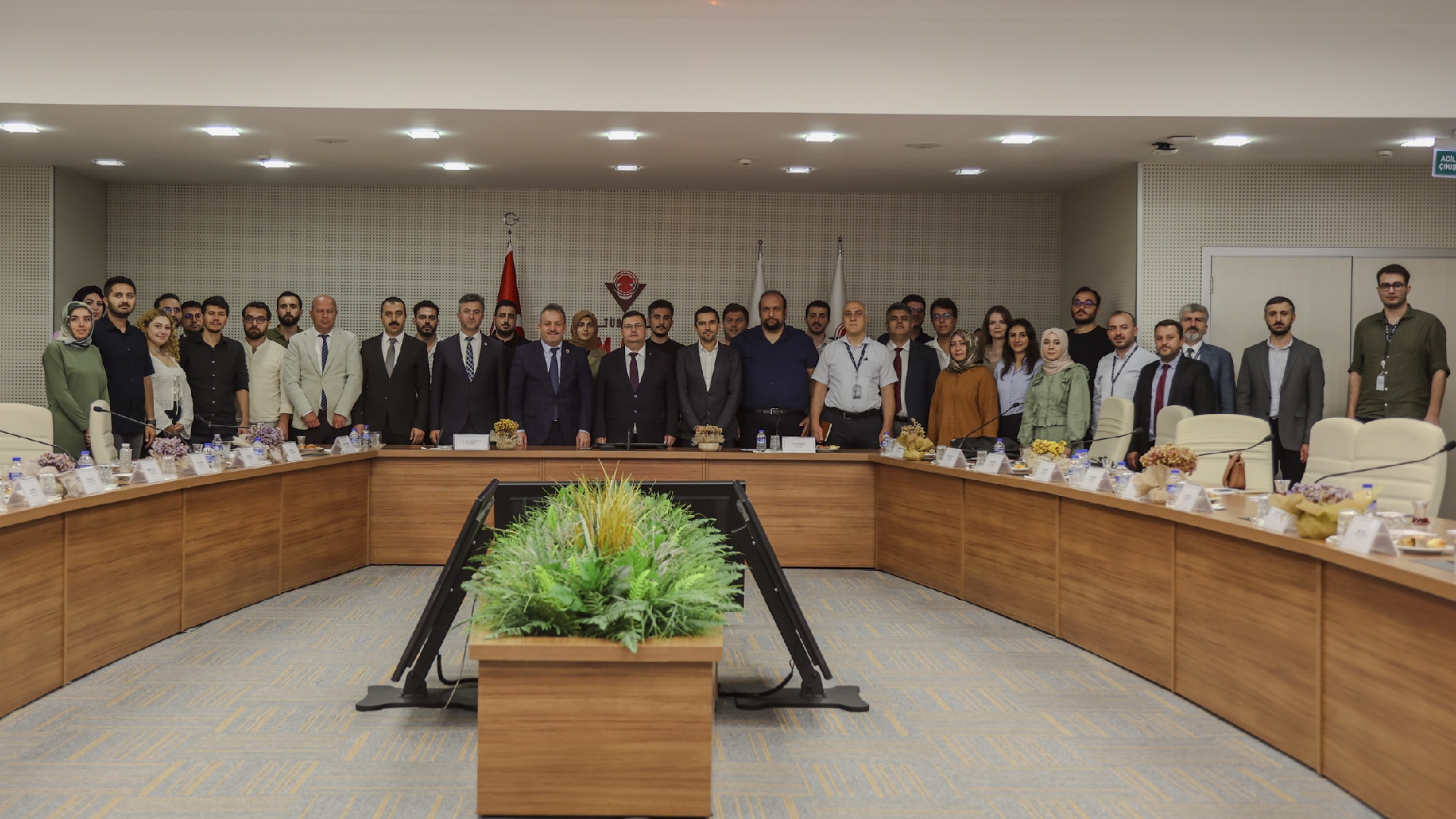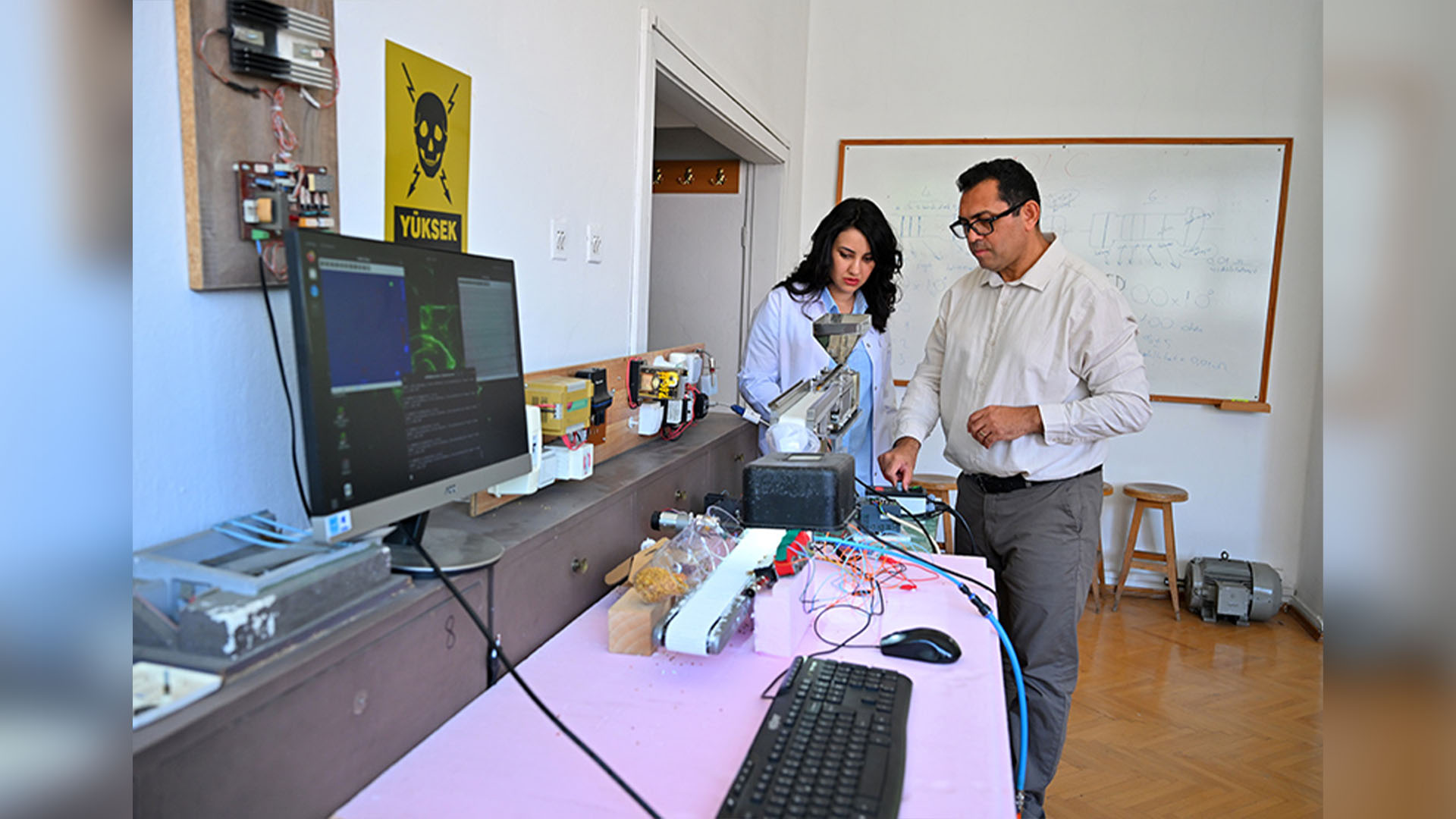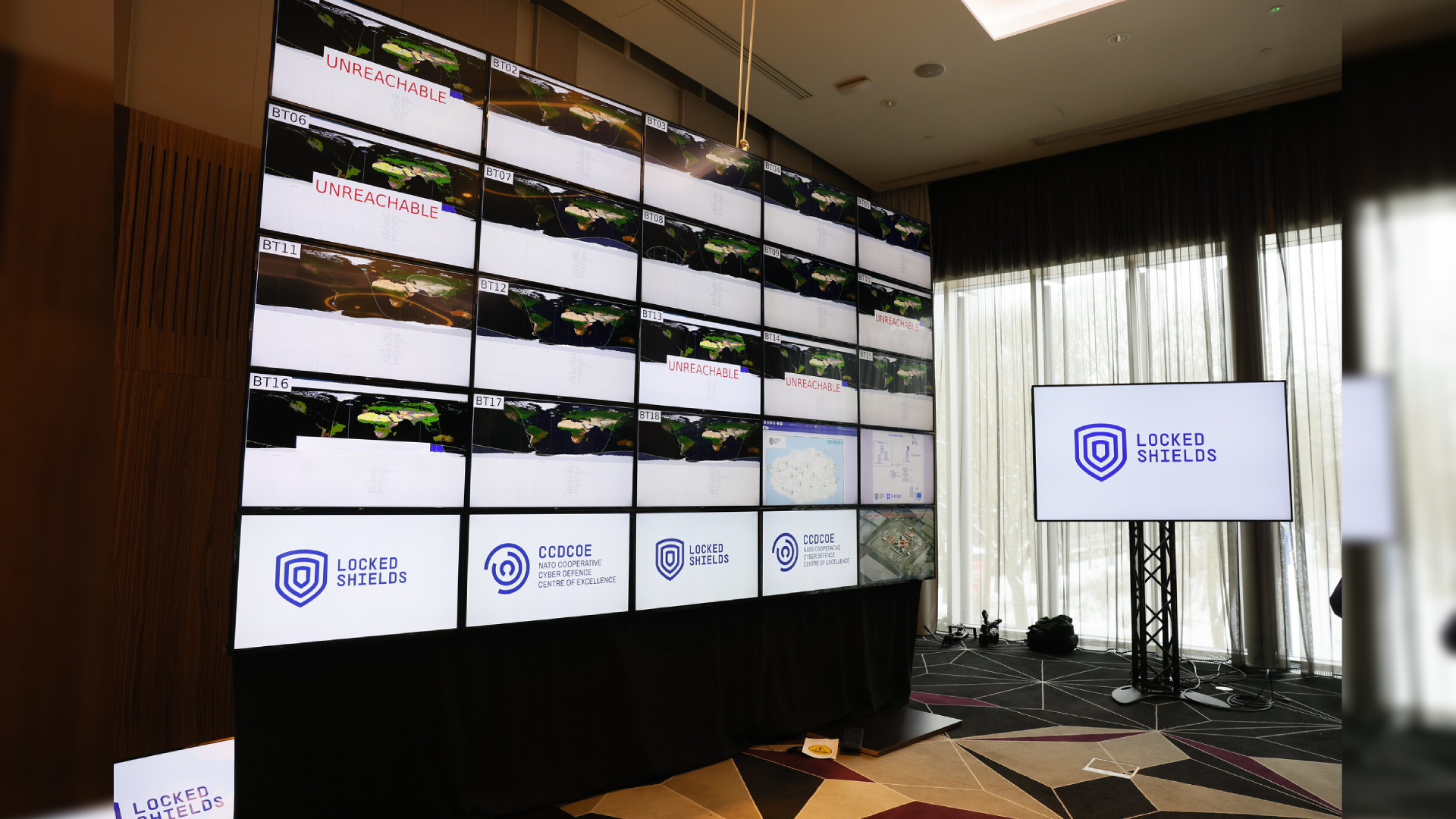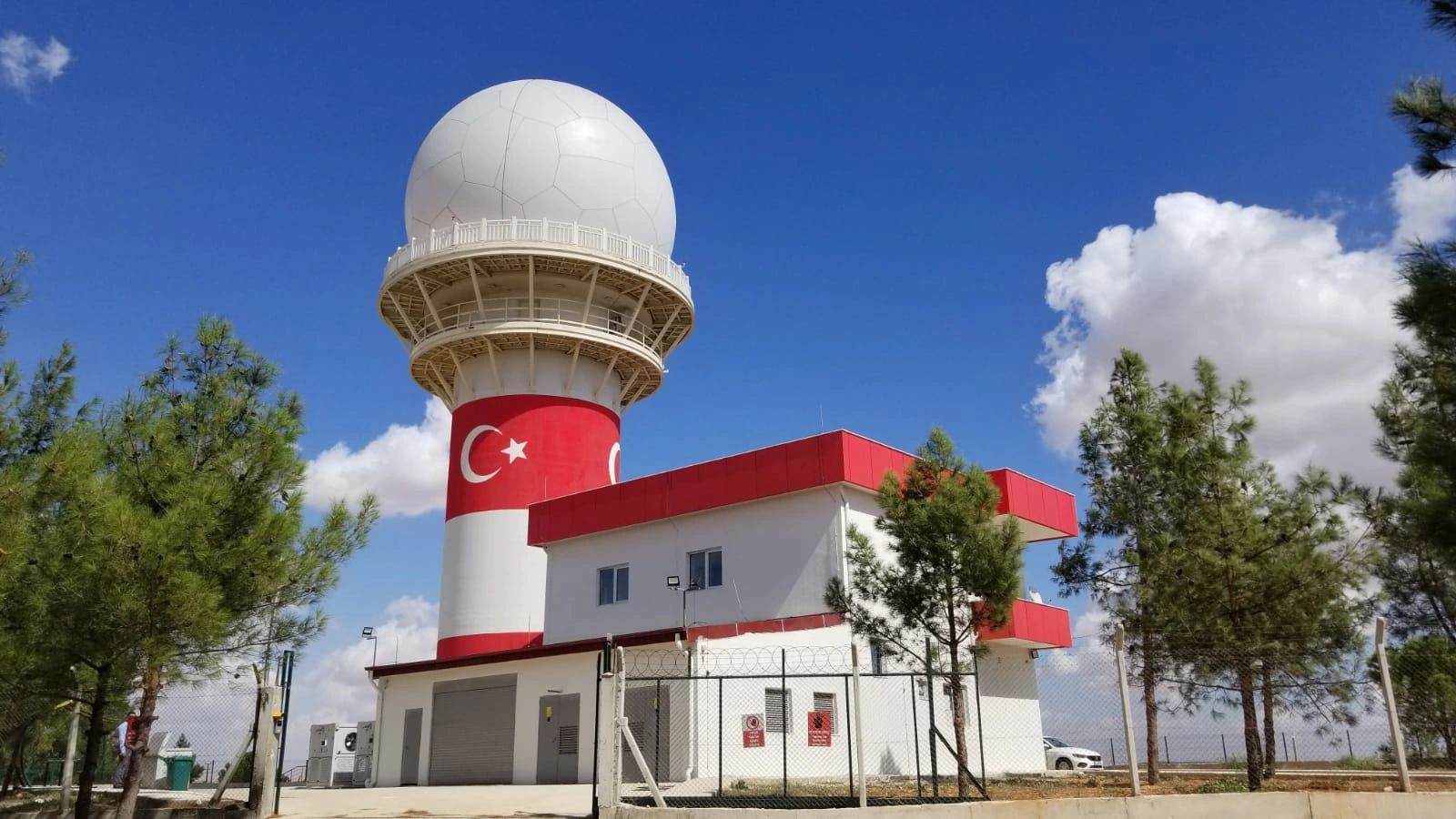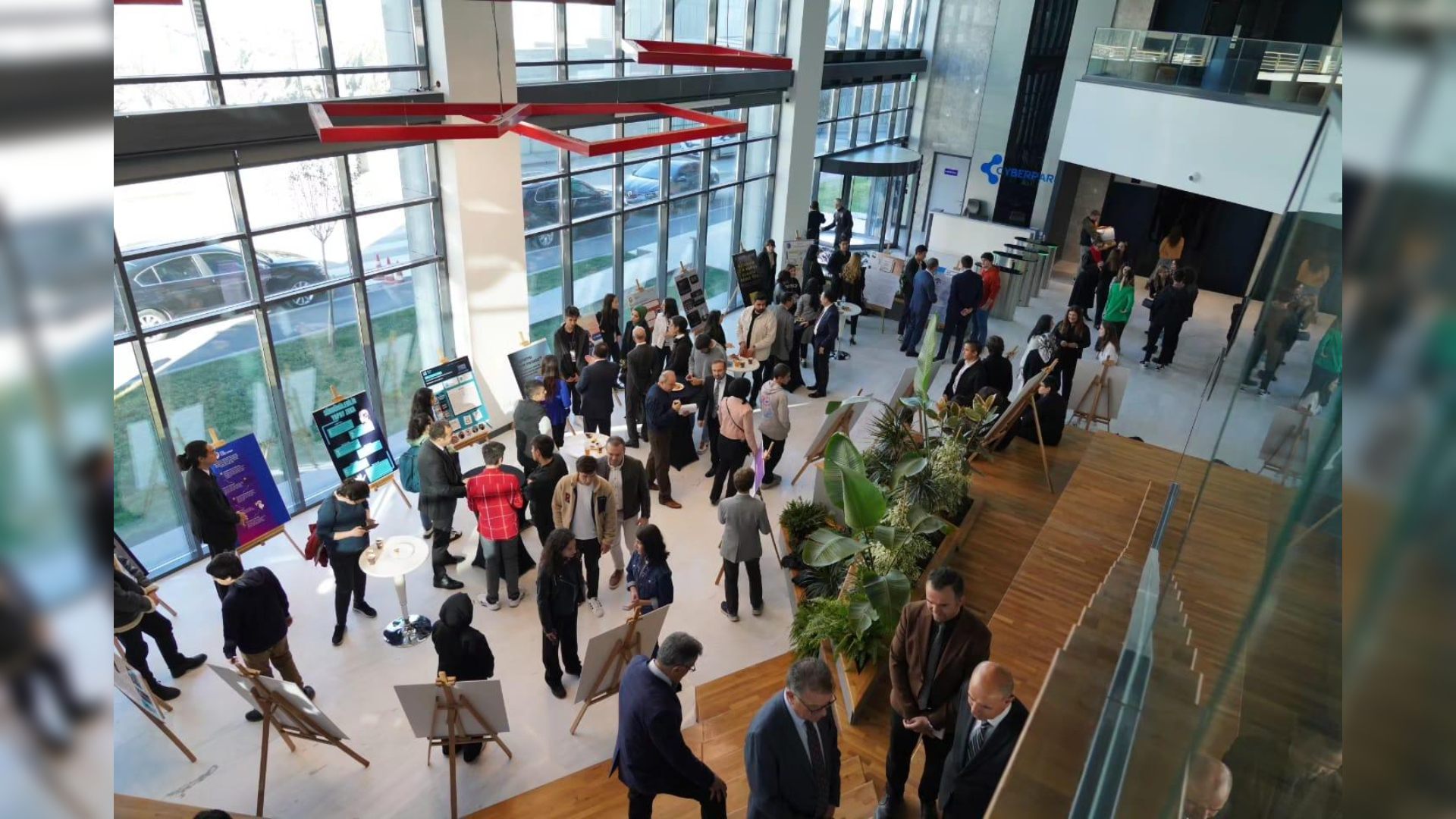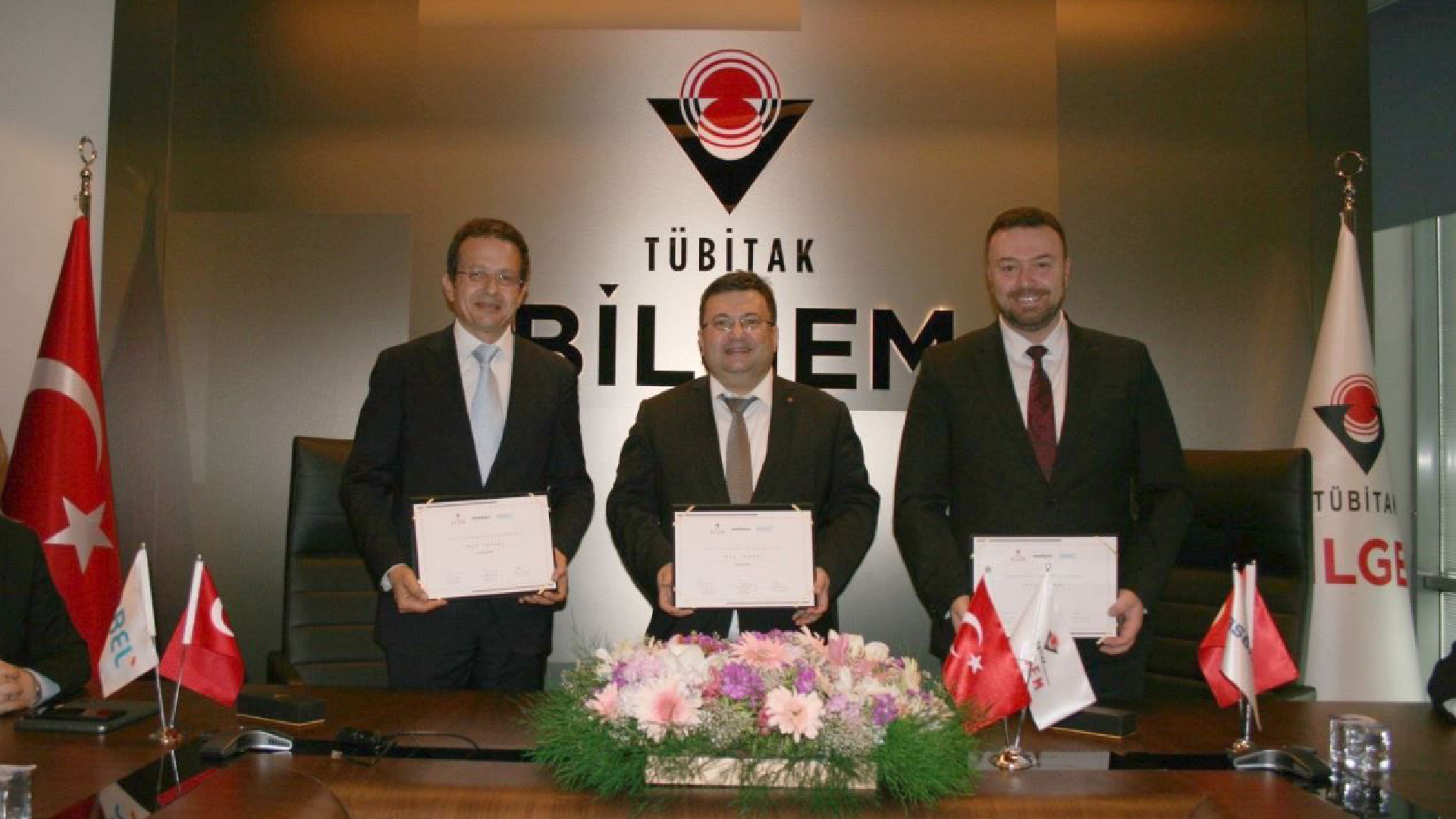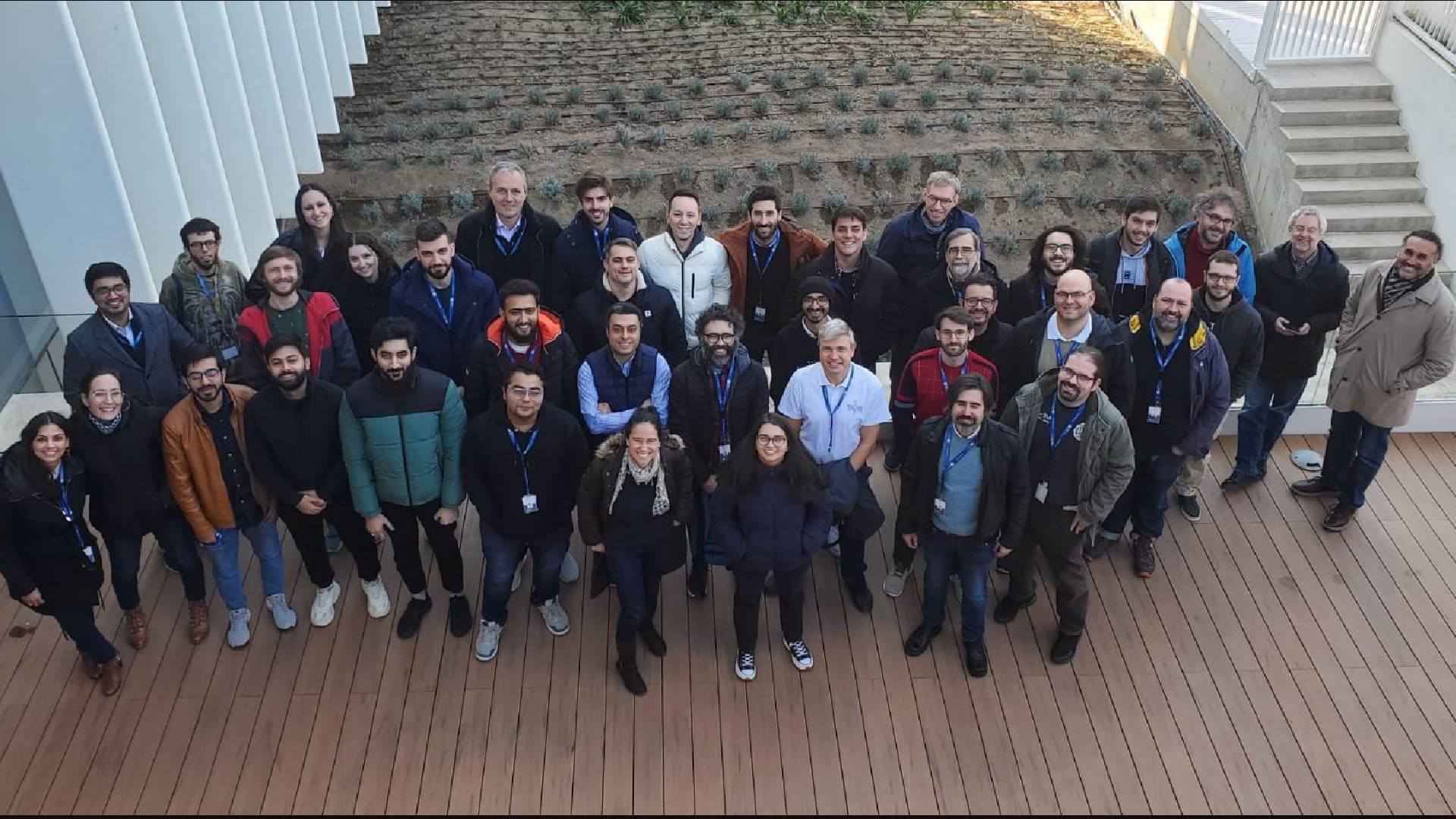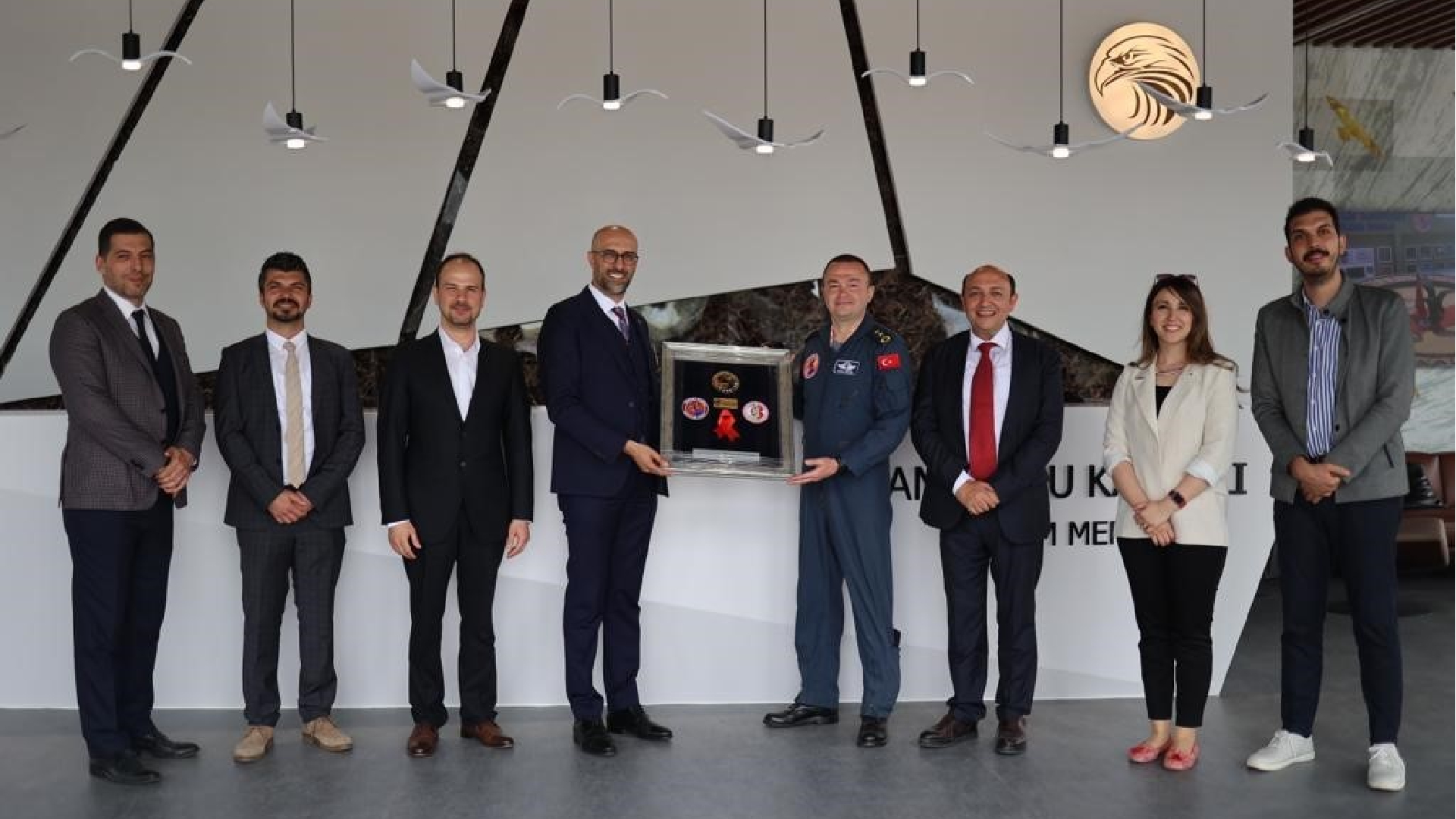TÜBİTAK BİLGEM measures seismic movements with fiber cable technology buried underground at the TÜBİTAK Gebze Campus. BİLGEM officials started negotiations with SAMM Tecnology to bring the Fiber Optic Based Acoustic Sensor (FOTAS) Project, whose prototype studies have come to an end, to the industry.
Earthquakes in Turkey Are Recorded
Earthquakes in our country have started to be recorded with the Fiber Optic Based Acoustic Sensor (FOTAS) system. While earthquakes in the Marmara Region are easily detected with FOTAS, earthquakes in distant regions are also detected according to their intensity. The Elazig Earthquake, which took place on January 24, 2020, was also measured from a distance of 900 km.
How Does FOTAS Work?
The light energy transmitted through the fiber optic cable is sensitively affected by any physical activity that occurs along the route of the FOTAS line. This effect is analyzed with a suitable optical and electronic equipment and signal processing methods, and it becomes possible to use the whole cable like thousands of acoustic microphones. For this reason, the use of fiber optic cables in areas such as border and critical facilities security is rapidly becoming widespread.
Investigations on the usability of fiber optic communication infrastructure in examining seismic movements as well as security-oriented use continue in many countries. While research continues for the use of thousands of kilometers of existing fiber optic cable infrastructure as seismic sensors, TÜBİTAK BİLGEM has confirmed that earthquakes can be detected hundreds of kilometers away with a fiber optic cable of a few kilometers. It was observed that the distances of the earthquakes that occurred in the Marmara Region and near the region were also calculated correctly.
Turkey's Institutions Working on Earthquake Started Evaluating FOTAS
TÜBİTAK BİLGEM, together with scientists from Kandilli Observatory Earthquake Research Institute and Istanbul Technical University, started to evaluate the use of this technology in earthquake research.
With the detection and measurements of seismic movements in the light of the possibilities of the existing communication infrastructure, preparations for a major earthquake expected in the Marmara Region will be carried out more comprehensively.


